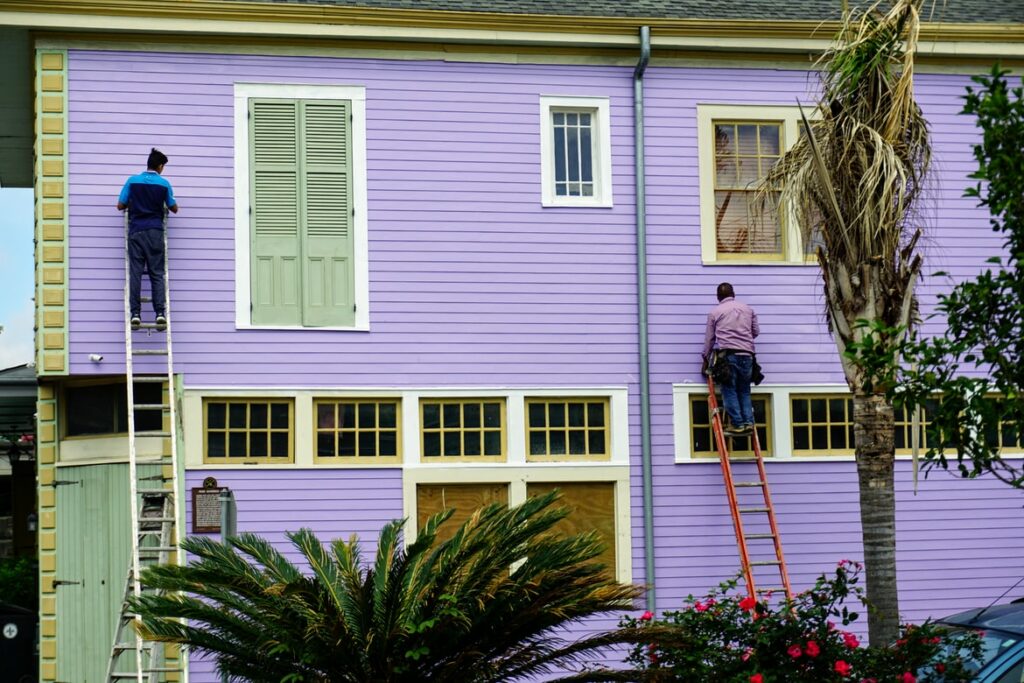Signs for When to Replace Your Home Siding
For most homeowners, the exterior of their home makes up a large portion of the house’s overall value. This is why it’s essential to keep your home’s siding in good condition and understand when it’s the right time to replace the siding.

A siding contractor can help you decide whether it’s time to replace your home’s siding, but there are several telltale signs you can look out for at home as well. If you notice any of the following issues with your current siding, you may need to consider replacing it immediately:
- Curling or Peeling
Often mistaken for wear and tear, curling or peeling is a sign that your home’s vinyl siding may be getting brittle. If you notice these two signs on home siding, it may be due to water damage or high temperatures. This could be a sign it’s time for a replacement.
Many homeowners mistakenly think that curled or peeled siding needs a quick repair job. If you spot these signs of siding deterioration on your house, you should contact a siding contractor immediately. However, if your home’s exterior is still structurally sound, you can likely get by with a more effortless and cheaper DIY project.
- Mold, Mildew, or Fungus
Most homeowners don’t realize mold and mildew are indications of faulty or failing siding. Mold and mildew are natural elements of decaying organic matter, so they can quickly grow on rotting wood. The presence of either is an early warning sign that you need to replace your siding soon.
Though mildew can be treated with bleach, heavy fungus and mold growths can signify that it’s time for a new installation. If your old siding has fungus, mold, or mildew growing in its seams or along its surface, there’s no natural way to clean these elements out. It’s in your best interest to contact one of the nearest siding companies and schedule a total replacement. - Cracking Wood
One of the first signs that you might need new siding is that your current siding begins to crack. Wood siding will typically expand and contract depending on weather conditions. This means cracks can develop when your home’s temperature fluctuates during changes in seasons or as you wait for a cold front or hot spell to pass. Cracks look unattractive and allow water damage and moisture buildup inside your home, which can cause more extensive problems than just cosmetic ones.
If you detect cracks or holes in your wood siding, especially if dents accompany them, they may indicate warping or rotting. Warped wood needs to be replaced before water damage occurs, while rotting siding should be addressed without hesitation since rot will spread quickly. - Older Siding
If your current siding is more than 15 years old, you should consider having an expert examine your home and see if replacement is necessary. The reason for replacement isn’t just aesthetic. An older siding has limited impact resistance and is more likely to get damaged by severe weather conditions. Additionally, some materials will crack and split with age, causing them to lose their ability to insulate your home.
Endnote
If you’re looking to replace your home’s siding, there are a few key factors to consider before you start looking into options. An experienced contractor can inspect your entire exterior, provide you with a cost estimate of a new installation or tell you if siding repairs are needed before scheduling for a total replacement.